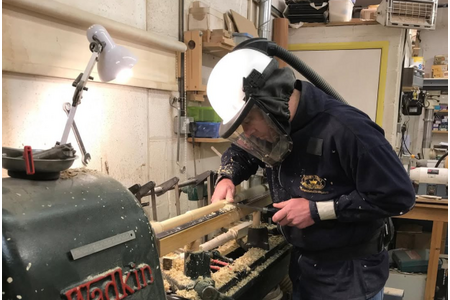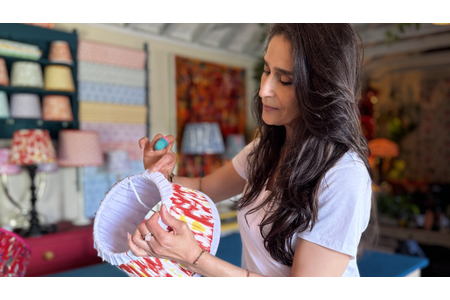Meet the maker: Jack Durling
Introducing Jack Durling, a new short course tutor at West Dean for 2023. Specialising in creating ceramic animal sculptures, Jack seeks to express his love of animals in his work and through his workshops.
Here, he tells us more about his practice, current work, inspirations and where it all began...
How did you get started with making ceramic animal sculptures? What’s your inspiration for the medium and subjects?
I learnt to hand build at an early age through a well-equipped comprehensive school and amazingly talented teacher, where I created my first hollow formed large-scaled animal sculptures. In fact, I recall one was 81cm tall and just fitted into the kiln! This inspired me to pursue my interests in ceramics where after graduating from the University of Brighton in 2014, I found a studio space at Rosehill Workshop. I touched upon a project at Uni focusing on Rhino poaching specifically, and I had a light bulb moment to reinvestigate this and combine my love of wildlife. And as they say, the rest is history. Through creating ceramic animal sculptures, I explore narratives that also reference conservation themes.
Can you tell us about your creative practice?
I am based in Brighton and create ceramic animal sculptures. I have shown internationally in Milan and stock nationally in various independent galleries. I have also run various workshops, on a 1-1 basis as well as more bespoke such as at West Dean College. I am notably a Wildlife Artist Finalist for the David Shepherd Wildlife Artist Award 2022, and have had worked featured on the latest season of The Great British Pottery Throwdown and the upcoming series, The Power, on Amazon Prime UK.
What have you been working on lately? Current projects?
I have been working on a few various projects lately. Currently I am refocusing my attention to broadening the species I look at. I have identified my interest in animals a bit closer to home and have been really enjoying this.
I will also be involved in an outdoor exhibition in a historic woodland near Scotney Castle, Kent, in the summer, which I am making responsive work for.
Another project I have been working on for some time now is a permanent public sculpture that will stand in Mote Park in Maidstone, my hometown, so this makes it quite special. This is a tactile tiled mural that will span 2 meters and is two-sided. This will be the largest piece I have ever created and a real milestone in my artistic career. It has involved the general public and is a collective piece that draws in many elements of local history and nature.
What inspires your teaching?
I enjoy teaching as someone of neurodiversity, moderate dyslexia. I wasn't as academically driven but strived through being creative. I have worked with many people from all walks of life, notably people who are registered as blind, and have seen the extraordinary benefits of working with clay. I also enjoy working with people to realise their artistic vision. Sometimes transferring the two dimensional to three dimensional can be challenging for people, and this is something I find rewarding to help assist with.
What can students expect from attending your short course at West Dean?
Students can expect to explore ways of working three dimensionally in clay. Covering many aspects and techniques of hand building processes. Realising and pushing the expectations of what they may have thought to originally achieve. In the last course I ran, the students created a real menagerie of animals, specifically capturing movement and real presence in their pieces, which is something I seek to achieve in my own work as well. Exploration is encouraged. Sometimes just practising and experimenting often leads to exciting outcomes and directions.






